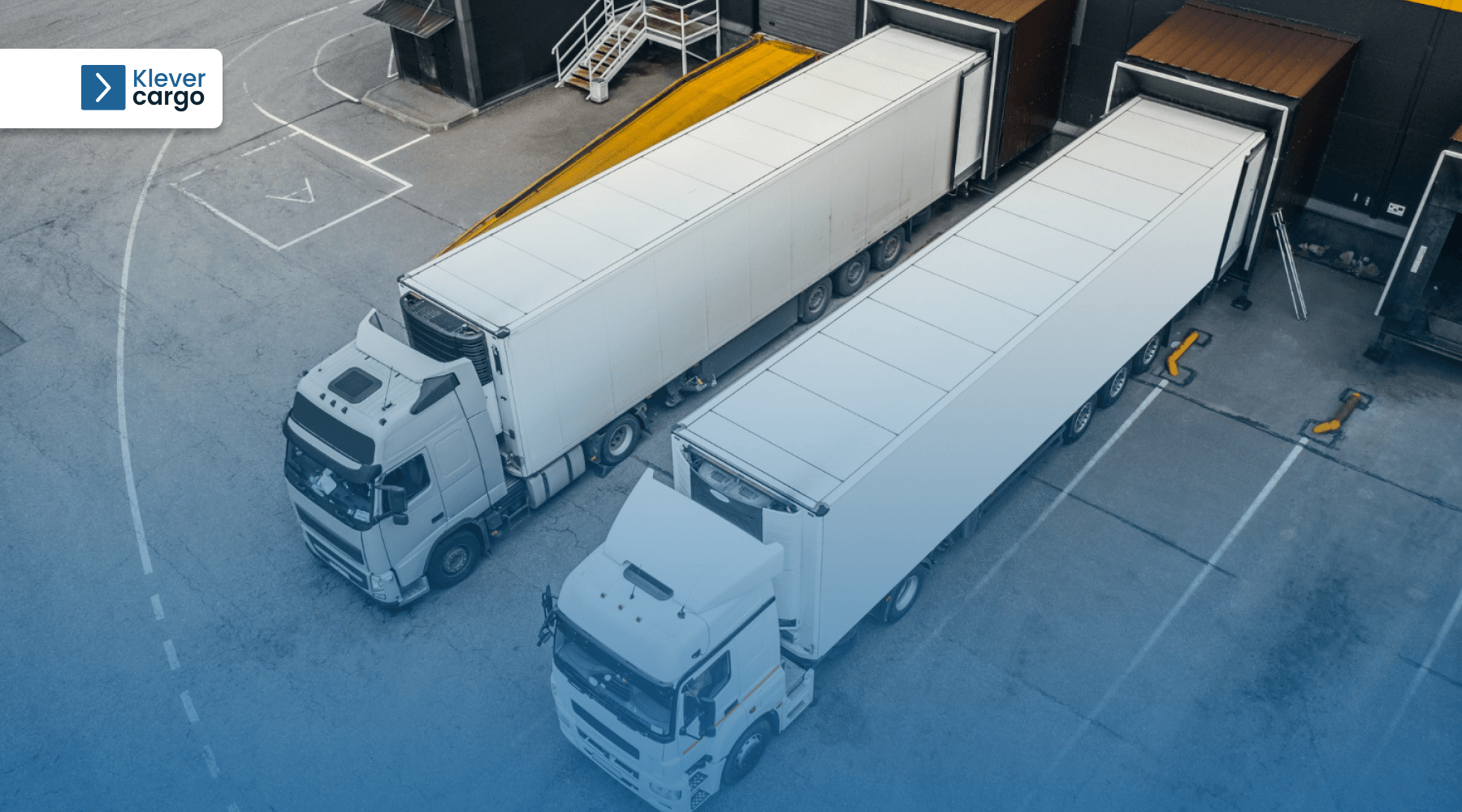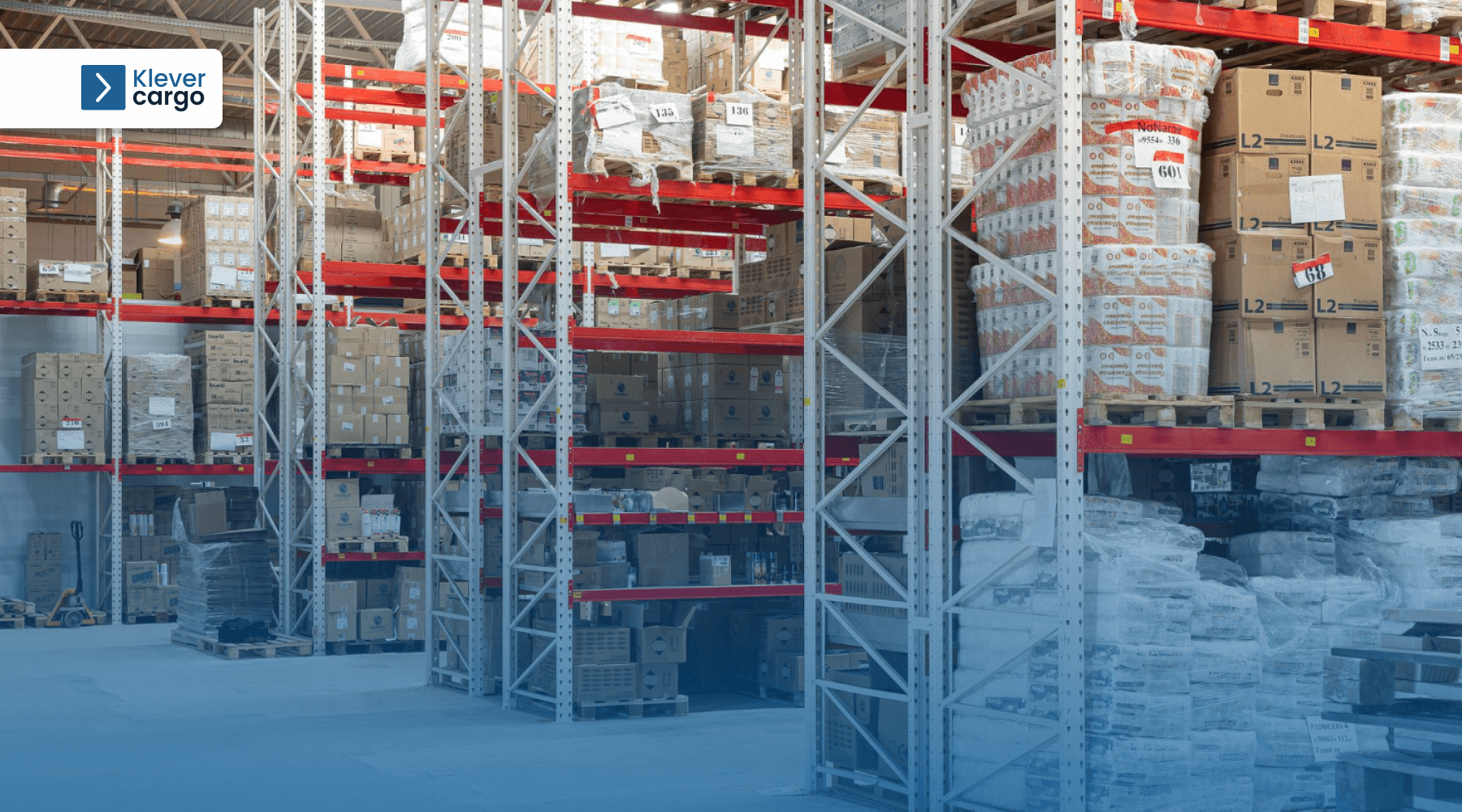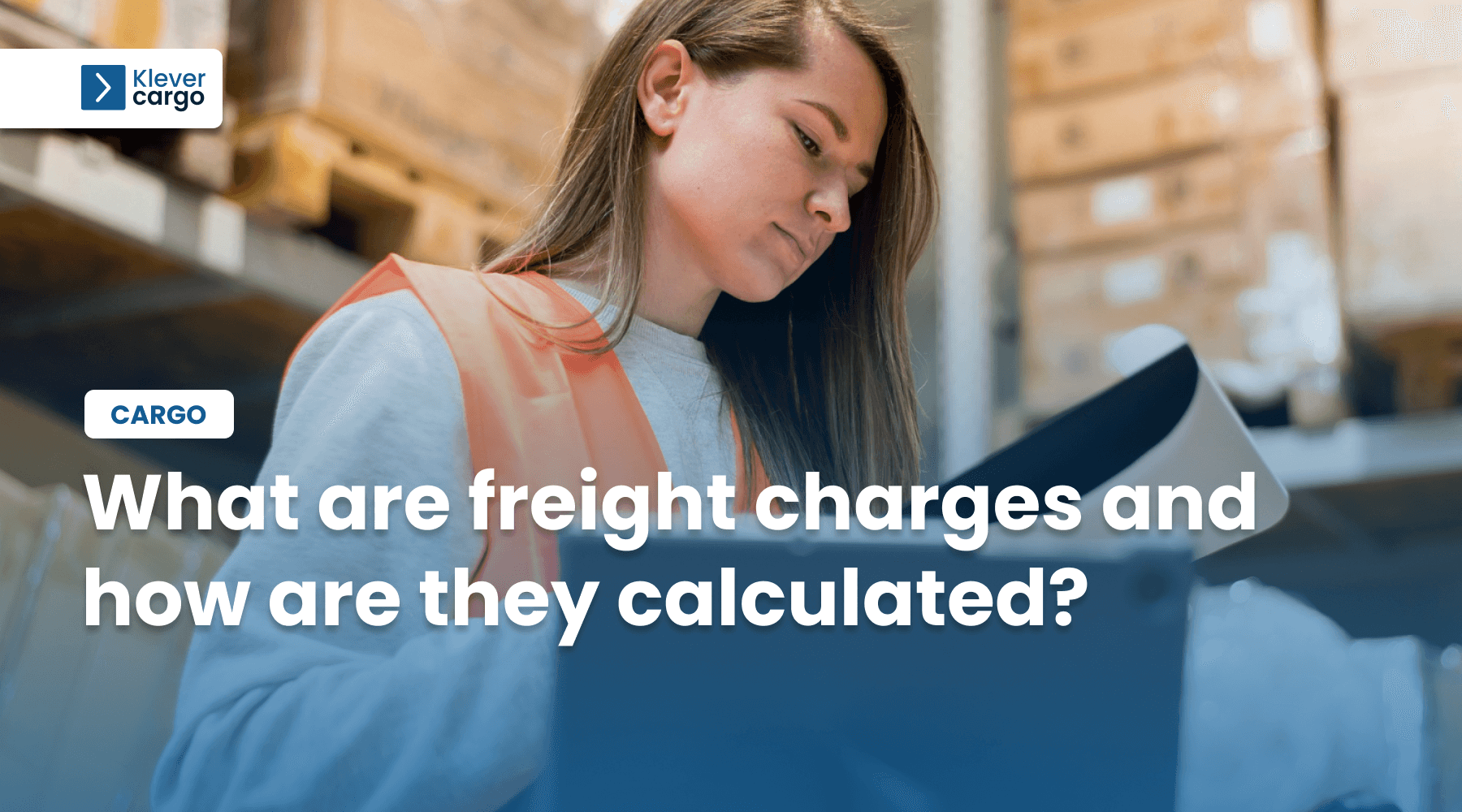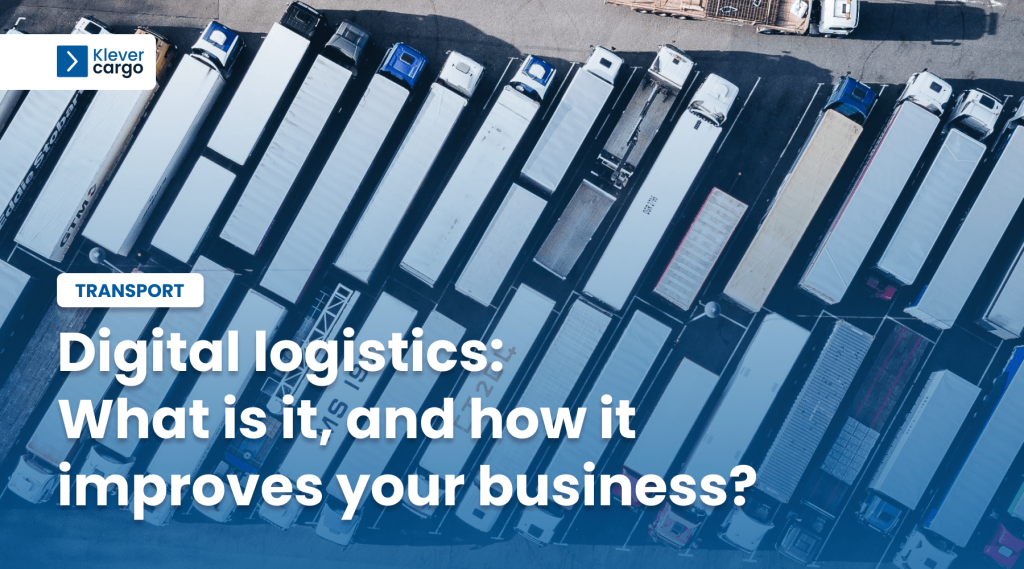Businesses and shippers must understand how freight charges are calculated and what factors affect them in the transportation industry. It’s now more important than ever to comprehend why and what makes these charges increase.
Many factors are at play, and knowing how they work can help businesses make better decisions and manage their costs effectively.
What are freight charges?

A freight charge is a fee for cargo transportation by a freight carrier or shipping company. This charge covers various expenses associated with moving goods, ensuring their safe and timely delivery.
As freight chargers significantly impact the shipping cost, you should carefully monitor them. Understanding and managing these charges is essential to optimizing your supply chain and budget. Freight charges are vital for all supply chain participants, whether you’re a manufacturer, shipper, distributor, or retailer.
For businesses that rely on shipping goods to customers or different locations, freight charges are a massive part of their operational expenses. Therefore, understanding how these charges are calculated and what factors influence them is crucial for making informed decisions. By controlling them, you’ll be able to maintain profitability.
Who Pays for Freight Charges?

Freight charges are typically paid by one of two parties: the shipper or the consignee (recipient). Let’s explore what this means in practical terms.
Shippers
Shippers, also known as senders, are the individuals or businesses that send the shipment. They are responsible for packaging the goods, preparing them for transportation, and arranging their pickup. Shippers also decide on various shipment details like:
- choosing the carrier;
- shipping method;
- delivery destination.
In most cases, shippers are the ones who pay the initial freight charges for transporting their goods. However, it’s important to note that shippers may pass some or all of these costs on to the consignee. That depends on the terms of the sale or agreement between them.
Consignees
Consignees, also known as receivers or recipients, are the individuals or businesses who receive the shipped goods at the agreed destination. While consignees don’t typically initiate the shipment or directly handle transportation logistics, they play a critical role by ensuring the timely receipt of the cargo.
In some cases, consignees may be responsible for paying the freight charges. They might agree upon that in the terms of the sale or the shipping agreement. This often happens when the consignee has more control over the transportation process. They might’ve arranged the transportation and are billed directly by the carrier.
Shipment terms and agreements
The shipment’s terms and agreements usually include the decision of who pays for freight charges. These terms can vary significantly based on factors like:
- the nature of the goods;
- the shipping method chosen;
- the industry standards.
It’s essential for shippers and consignees to clearly define these terms in advance. If not, it can lead to misunderstandings and disputes regarding payment responsibilities.
9 Factors that affect freight charges

There are 9 crucial factors that affect freight charges:
1. Type of freight
The type of cargo being shipped is one of the most critical factors in calculating freight charges. Freight carriers consider the nature of the goods. They might be perishable, hazardous, or standard items.
For instance, transporting perishable goods like fresh produce or pharmaceuticals may require specialised refrigerated transport. Naturally, that type of transport can be more expensive.
Similarly, shipping hazardous materials involves compliance with safety regulations, adding to the cost.
2. Freight weight and dimension
The weight and dimensions of the cargo have a direct impact on freight charges. Heavier and bulkier shipments typically lead to higher costs. These shipments require more space and handling during transportation. Freight carriers often use standard metrics that help them to calculate the price based on weight and size.
3. Type of transport
FTL (full truckload) shipments involve taking up an entire truck for a single shipment. That can be cost-effective for large quantities of goods. In contrast, LTL (less than truckload) shipments are more suitable for smaller freight. They involve sharing space with other shippers. The decision between the two depends on the budget and volume of the cargo.
4. Destination and delivery time
The distance to the destination and the urgency of the delivery are key factors in determining freight charges. Longer distances often result in higher costs due to increased fuel consumption and time spent on the road. Urgent deliveries also require higher rates because they require expedited services and dedicated transport.
5. Fuel costs

Fuel costs can also significantly influence the total freight charge. Changes in fuel prices can have a direct impact on the total amount. When fuel prices rise, it becomes more expensive to operate transportation vehicles, leading to higher shipping costs. Lower fuel prices can result in reduced freight charges. Shippers and carriers often monitor fuel prices to adjust their budget and pricing accordingly.
6. Shortage of truck drivers
The shortage of truck drivers is a challenge that has been affecting the logistics industry in recent years. As demand for freight transportation grows, there is a lack of qualified truck drivers. Carriers may need to offer competitive salaries to attract and retain drivers. Hence, this shortage can increase freight charges.
7. Seasonal influences
Seasonal influences can also heavily influence the charges.
For example, during the summer months, there is typically a spike in demand for refrigerated transport. That’s often referred to as FRIGO transport. The demand for ice cream, fresh produce, and other temperature-sensitive goods increases. That leads to higher prices for refrigerated shipping services.
Additionally, holidays such as Black Friday, March 8 (International Women’s Day), and Valentine’s Day can lead to spikes in transportation costs due to more shipping activity during these periods.
8. Demand
The law of supply and demand applies to the freight industry as well. When demand for freight services rises, so does the price. Increased demand can happen due to various factors. Some of those are seasonal trends or economic growth. Shippers should be aware that securing transportation services may come at premium prices during periods of high demand.
9. Economic and political situation
Various economic and political factors can impact freight charges. Events like inflation or geopolitical conflicts, such as the Ukrainian war, can make logistics complicated. In those situations, additional charges may occur due to special trade routes and the overall market stability.
How are freight charges calculated?

Freight charges are most commonly calculated with two methods – freight charge per unit and freight charge per kilometer.
-
Freight charge per unit
One common method for calculating freight charges is based on the freight charge per unit. This method involves having a fixed charge for each unit of measurement. That provides transparency in pricing. It’s common to have it standardized with the metric system.
Freight charge per kilogram: $0.50 per kilogram
Freight charge per cubic meter: $1.20 per cubic meter
Using these standardized rates, shippers can easily estimate their shipping costs based on the weight or volume of their cargo. For example, if you have a shipment weighing 500 kilograms or occupying four cubic meters, you can calculate the freight charges as follows:
Freight charge based on weight: 500 kg × $0.50/kg = $250
Freight charge based on volume: 4 cubic meters × $1.20/m³ = $4.80
This method allows for precise and predictable pricing. It will enable businesses to budget for their transportation expenses easily.
-
Freight charge per km

Another method used to calculate freight charges is based on the distance travelled, known as the freight charge per kilometre. Different types of vehicles may have varying charges per kilometer. Factors like fuel efficiency or vehicle capacity will influence that price.
1. Van and solo truck
Charges: €0.40 – €0.60 per kilometer
Vans and solo trucks are smaller vehicles perfect for carrying lighter cargo and shorter trips. Their lower prices show that they are a budget-friendly choice for deliveries in nearby areas or regions where they can only take a small freight.
2. Standard Truck
Charges: €1.00 – €1.20 per kilometer
Standard trucks are versatile and used for various types of cargo. Their charges fall within a moderate range, making them a practical choice for various transportation needs.
3. ADR Vehicle (hazardous materials transport)
Charges: €1.20 – €1.60 per kilometer
ADR vehicles specialize in transporting hazardous materials. They must follow strict safety regulations. They are more expensive since they require special equipment and expertise for handling dangerous cargo.
4. FRIGO vehicle (refrigerated transport) – temperature up to 0 degrees Celsius
Charges: €1.20 – €1.60 per kilometer
FRIGO are vehicles with temperature control. They’re suitable for goods that need cooling but not freezing. They come with charges similar to ADR vehicles due to their specialized nature.
5. FRIGO vehicle (refrigerated transport) – temperature below 0 degrees Celsius
Charges: €1.40 – €1.80 per kilometer
FRIGO trucks that need to stay very cold for frozen items cost more than those that only need to stay cool. They must keep the goods frozen, which takes more energy and technology.
6. Tanker (liquid cargo transport)
Charges: €1.50 – €3.00 per kilometer
Tankers are designed for transporting liquids like chemicals or petroleum. They involve higher charges due to the specialized equipment and requirements associated with liquid cargo.
-
Freight charge percentage
Freight charge percentage is a method to determine how much it costs to ship something by charging a small percentage of the total value of the shipped items.
For example, if the freight charge percentage is 5%, and the cargo being shipped is worth €1,000, then the shipping cost would be €50 (5% of €1,000).
This method is often used when you’re shipping expensive or unique items, where the cost to ship them depends on how valuable they are. It’s a straightforward way to calculate shipping costs, especially when the value of the things you’re shipping can differ from one shipment to another.
Using the freight charge percentage helps make it easier to figure out how much shipping will cost. However, it’s important to agree on the percentage in advance to make sure everyone understands and agrees on the price.
Find the best freight charges out there

Are you in search of the most cost-effective way to transport your goods? Look no further than KleverCargo, your go-to digital solution for finding the best freight charges.
KleverCargo is a freight exchange platform that offers you:
-
Transparent pricing
At KleverCargo, we believe in clarity and transparency when it comes to freight charges. Our platform provides straightforward and easy-to-understand pricing information. You won’t have to dig through complicated rate sheets or hidden fees. Instead, you’ll find clear and transparent pricing right at your fingertips.
-
Streamlined bidding process
One of the standout features of KleverCargo is our streamlined bidding process. It’s designed to make your life easier. Here’s how it works:
1. Transport requests: Shippers create transport requests, specifying shipment details such as origin, destination, cargo type, and delivery preference.

2. Competitive bidding: Transporters on our platform see your request and compete to win your business by providing their prices. This competitive environment ensures that you have multiple options to choose from.

3. Freedom to choose: As a shipper, you can review and compare the bids from different transporters. You can select the option that best aligns with your requirements based on pricing, delivery time, or other factors.

-
Your best deals, guaranteed
KleverCargo is committed to helping you secure the best deals for your freight transportation needs. We understand that every shipment is unique, and you deserve a platform that caters to your specific requirements. Whether you’re shipping locally or internationally, large or small quantities, we’ve got you covered.
In summary

Understanding freight charges and their calculation is essential for logistics and shipping. Factors like cargo type, weight, distance, and the choice of transport method all contribute to the final price.
External factors like fuel costs, driver shortages, and economic situations can make it more complex. But when they understand them, shippers and businesses can make informed decisions to optimise their supply chains and manage their budgets.
At KleverCargo, we’re dedicated to helping you secure the best deals, whether you’re shipping locally or globally, in large quantities or small. Join us today and simplify your logistics, save time, and optimise your freight charges with KleverCargo.


